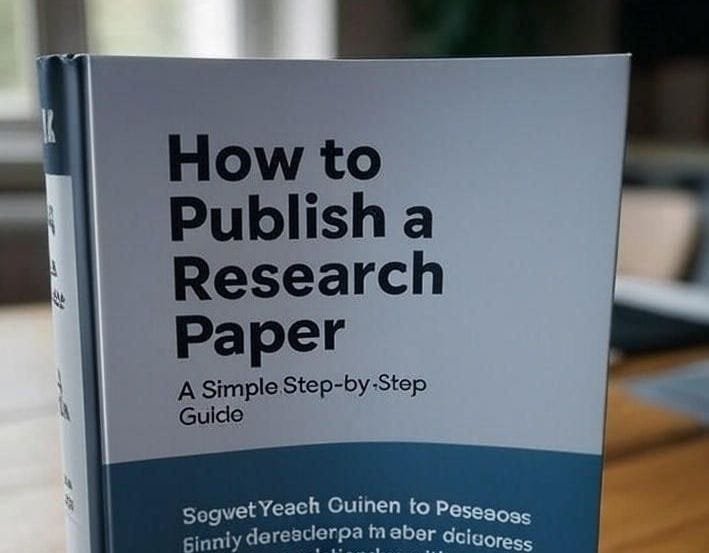Publishing a research paper may feel overwhelming at first, but if you follow a clear process, it becomes much easier. This guide explains each step in simple language, so even beginners can get started without confusion.
Step 1: Choose a Clear Research Question
Start by identifying one focused problem or hypothesis. A specific question will make your study easier to design and explain.
Step 2: Read What’s Already Known
Do a literature review. Check existing studies, methods, and gaps. This will help you refine your research and avoid repeating work that’s already done.
Step 3: Select the Right Journal or Conference
Look for a journal that matches your topic, audience, and type of article. Always check submission guidelines such as word limit, reference style, and formatting rules. Avoid predatory journals—stick to trusted publishers.
Step 4: Design Your Study
Plan your methods, data collection, and analysis tools. If your work involves humans, animals, or sensitive data, get ethical approval before you begin.
Step 5: Collect Data Responsibly
Follow your planned method carefully. Record everything, ensure accuracy, and respect privacy and consent.
Step 6: Analyze Your Results
Use proper analysis techniques. Organize your data with charts, tables, or software so results are clear and reproducible.
Step 7: Write the Paper (IMRaD Format)
Most research papers follow the IMRaD structure:
- Title & Keywords: Clear and specific.
- Abstract: A summary (150–250 words) with background, methods, results, and conclusion.
- Introduction: Explain the problem, the gap in knowledge, and your objective.
- Methods: Describe how you did the research in detail.
- Results: Present findings with tables or figures.
- Discussion: Interpret results, compare with earlier studies, mention limitations.
- Conclusion: Short answer to your main question.
- References: Correct citation style as per journal guidelines.
Step 8: Format According to Journal Instructions
Every journal has its own format. Check font size, reference style, figure quality, and word limits.
Step 9: Get Feedback Before Submission
Ask a mentor or colleague to review your paper. They may spot mistakes you missed.
Step 10: Prepare the Submission
You will need:
- Manuscript (sometimes both clean and anonymized versions)
- Tables and figures as separate files
- A cover letter
- Author details and ORCID IDs
Step 11: Submit Through the Journal Website
Fill the online form, upload all files, and double-check author details.
Step 12: Handle Peer Review
If reviewers ask for changes, revise politely. Write a point-by-point response explaining how you handled each suggestion.
Step 13: After Acceptance
- Check the proofs for errors.
- Choose copyright or open-access options.
- Promote your paper by sharing links on academic and social platforms.
Step 14: If Rejected
Don’t be discouraged—most papers face rejection. Improve your work with the feedback and submit to another suitable journal.
How to Avoid Plagiarism
- Write in your own words.
- Cite all sources correctly.
- Use quotation marks for exact sentences.
- Redraw figures or get permission if you use others’ work.
- Run a plagiarism check before submission.
Cover Letter Example
Here’s a simple cover letter format you can adapt:
Dear Editor,
Please consider our manuscript, “[Your Title],” for publication in [Journal Name].
The study addresses [research gap] and shows [main findings].
This is original work, not under review elsewhere, and all authors have approved the submission.
Sincerely,
[Your Name, Affiliation, ORCID]
Final Tips
- Use a reference manager like Zotero or Mendeley.
- Keep figures simple and easy to read.
- Be honest about limitations.
- Remember: rejection is normal—resubmission is part of the process.
Conclusion
Publishing a research paper is a step-by-step journey: plan carefully, write clearly, and follow the journal’s rules. With patience and persistence, you can successfully publish your research and contribute to your field.



Average Rating